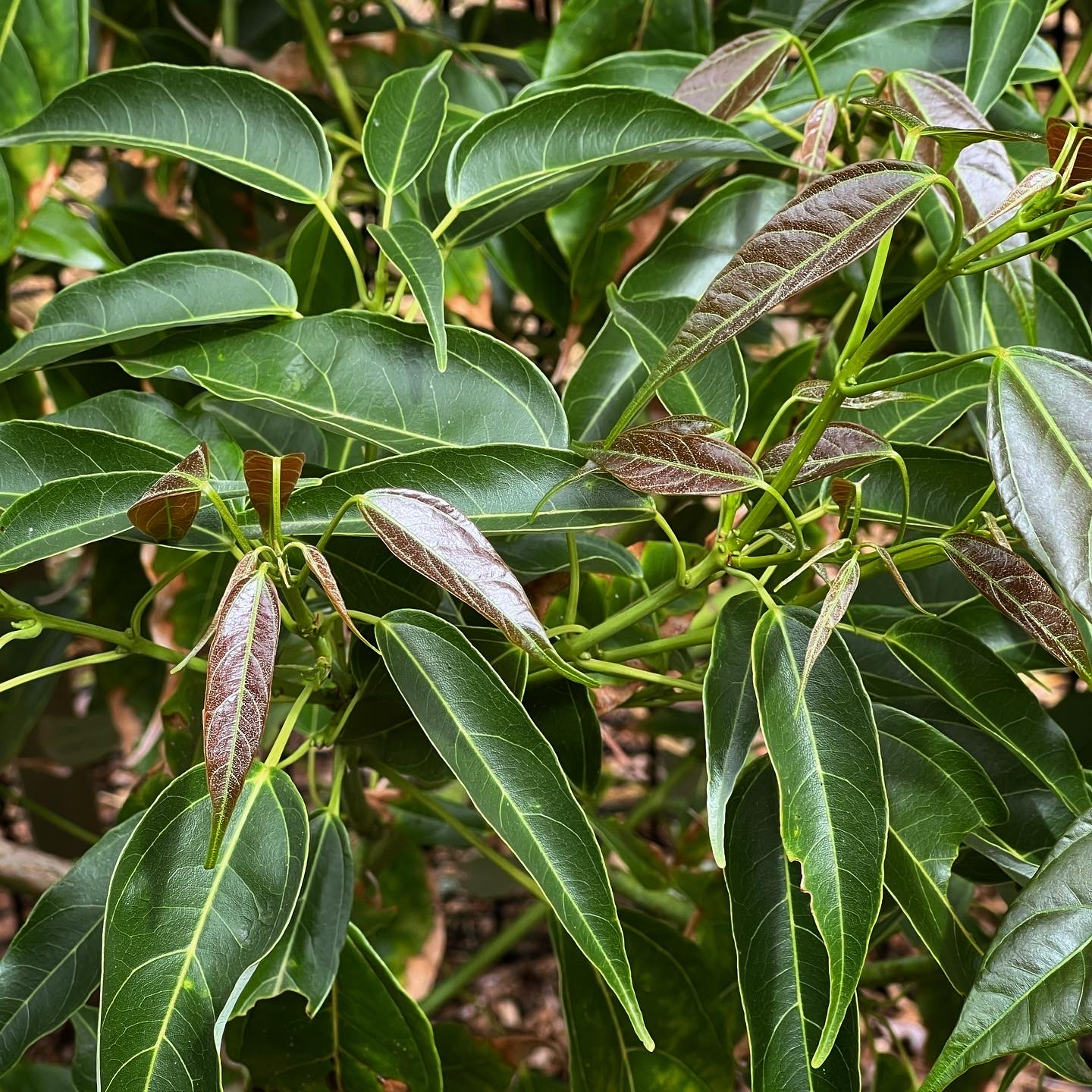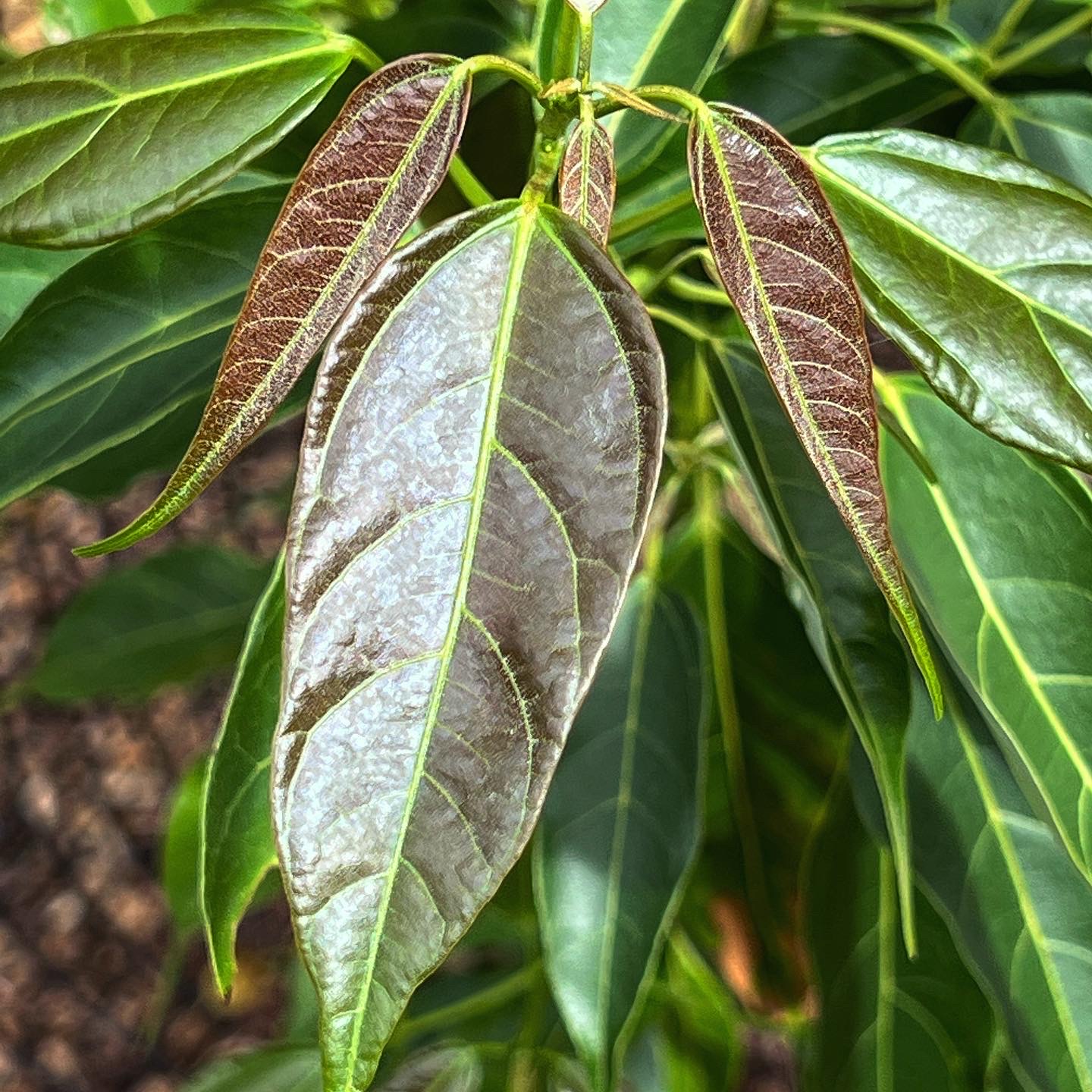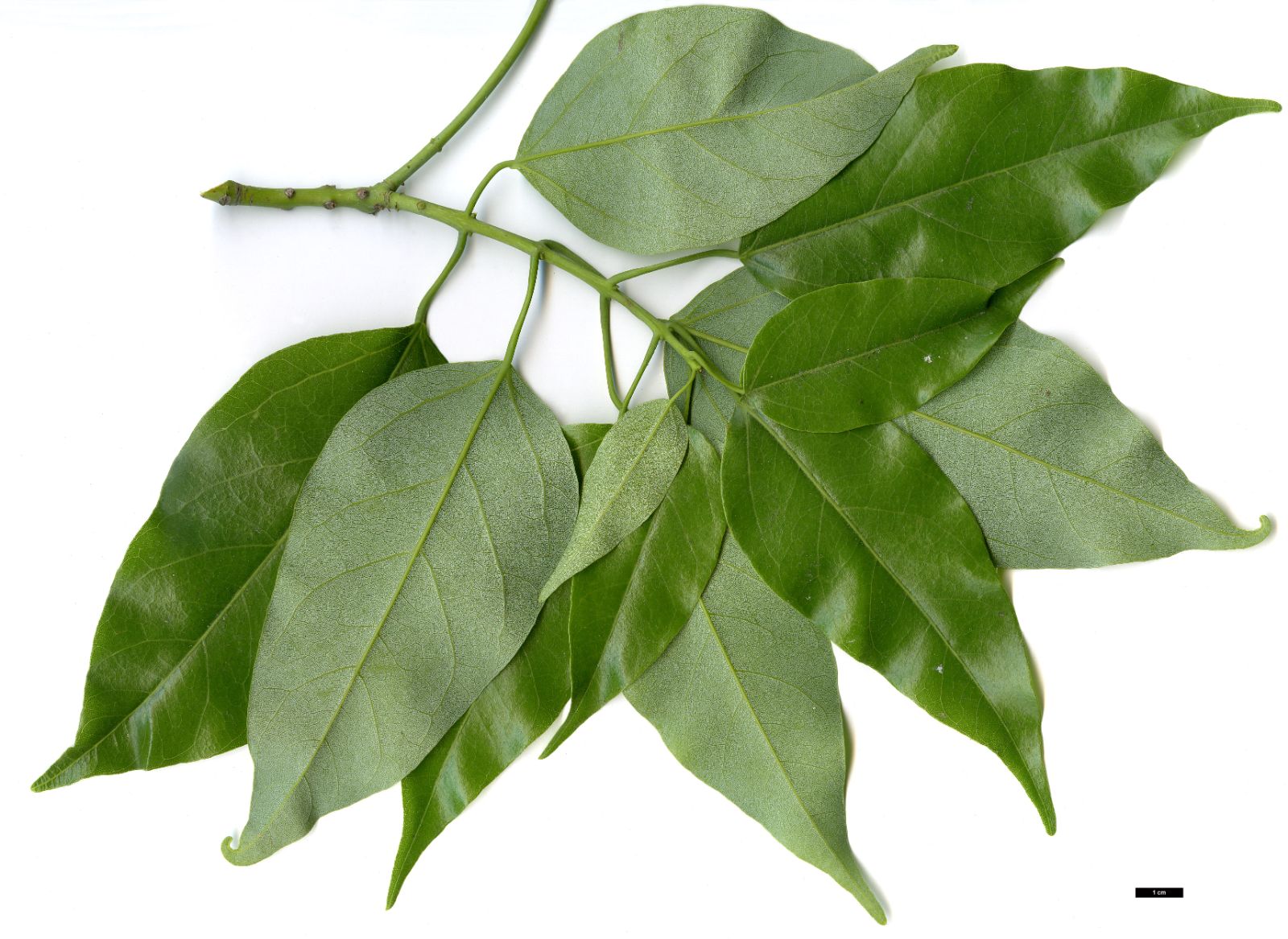Acer laurinum
Sponsor
Kindly sponsored by
The Wynkcoombe Arboretum
Credits
John Grimshaw, Ross Bayton & Dan Crowley (2021)
Recommended citation
Grimshaw, J. Bayton, R. & Crowley, D. (2021), 'Acer laurinum' from the website Trees and Shrubs Online (treesandshrubsonline.
Genus
- Acer
- Sect. Hyptiocarpa
Other taxa in genus
- Acer acuminatum
- Acer amplum
- Acer argutum
- Acer barbinerve
- Acer buergerianum
- Acer caesium
- Acer calcaratum
- Acer campbellii
- Acer campestre
- Acer 'Candy Stripe'
- Acer capillipes
- Acer cappadocicum
- Acer carpinifolium
- Acer 'Cascade'
- Acer caudatum
- Acer ceriferum
- Acer chapaense
- Acer chienii
- Acer circinatum
- Acer cissifolium
- Acer × conspicuum
- Acer cordatum
- Acer coriaceifolium
- Acer × coriaceum
- Acer crataegifolium
- Acer davidii
- Acer diabolicum
- Acer distylum
- Acer divergens
- Acer duplicatoserratum
- Acer elegantulum
- Acer erianthum
- Acer 'Esk Flamingo'
- Acer fargesii
- Acer fenzelianum
- Acer flabellatum
- Acer forrestii
- Acer franchetii
- Acer × freemanii
- Acer fulvescens
- Acer 'Gimborn'
- Acer ginnala
- Acer glabrum
- Acer 'Gold Coin'
- Acer granatense
- Acer grandidentatum
- Acer griseum
- Acer heldreichii
- Acer henryi
- Acer × hillieri
- Acer hookeri
- Acer hyrcanum
- Acer japonicum
- Acer kawakamii
- Acer komarovii
- Acer laevigatum
- Acer laxiflorum
- Acer lobelii
- Acer longipes
- Acer macrophyllum
- Acer mandshuricum
- Acer maximowiczianum
- Acer maximowiczii
- Acer metcalfii
- Acer miaotaiense
- Acer micranthum
- Acer 'Mindavi'
- Acer 'Minorient'
- Acer miyabei
- Acer miyabei × campestre
- Acer monspessulanum
- Acer morifolium
- Acer 'Mozart'
- Acer oblongum
- Acer obtusifolium
- Acer okamotoanum
- Acer oliverianum
- Acer opalus
- Acer orientale
- Acer palmatum
- Acer papilio
- Acer pauciflorum
- Acer pectinatum
- Acer pensylvanicum
- Acer pentaphyllum
- Acer pentapotamicum
- Acer pictum
- Acer pilosum
- Acer pinnatinervium
- Acer platanoides
- Acer platanoides × amplum
- Acer platanoides × truncatum
- Acer × pseudoheldreichii
- Acer pseudoplatanus
- Acer pseudosieboldianum
- Acer pubinerve
- Acer pycnanthum
- Acer rubescens
- Acer rubrum
- Acer rufinerve
- Acer saccharinum
- Acer saccharum
- Acer sempervirens
- Acer 'Serpentine'
- Acer serrulatum
- Acer shenkanense
- Acer sieboldianum
- Acer sikkimense
- Acer 'Silver Cardinal'
- Acer 'Silver Ghost'
- Acer sinense
- Acer sinopurpurascens
- Acer spicatum
- Acer stachyophyllum
- Acer taronense
- Acer tataricum
- Acer tegmentosum
- Acer tenellum
- Acer tetramerum
- Acer tibetense
- Acer tonkinense
- Acer triflorum
- Acer truncatum
- Acer tschonoskii
- Acer turkestanicum
- Acer tutcheri
- Acer ukurunduense
- Acer velutinum
- Acer wardii
- Acer 'White Tigress'
- Acer wilsonii
- Acer × zoeschense
Tree to 30 (–48) m. Bark grey. Branchlets green to glaucous or purplish, glabrous. Leaves evergreen, 9–15 × 3–8 cm, oblong to elliptic or lanceolate, upper surface dark glossy green, lower surface glaucous, white or bluish grey, five to six lateral veins on each side of the midrib, margins entire or remotely serrate, apex short-acuminate to obtuse; petiole 3–6 cm long, glabrous green. Inflorescence lateral, corymbose, on two-year-old branches, 2.5–10 cm long, glabrous or pubescent. Flowers yellowish, 5-merous, staminate or hermaphrodite flowers on separate plants; sepals ovate, 0.2–0.3 cm long, petals shorter, stamens 8–12, inserted into the nectar disc. Samaras 3–7 cm long, yellowish brown when mature, wing heavily veined, spreading acutely. Flowering June to September, fruiting September to December (China). (van Gelderen et al. 1994; van Gelderen & van Gelderen 1999; Xu et al. 2008).
Distribution Myanmar Cambodia China Southwest Guangxi, Hainan, southeast Xizang, Yunnan India Indonesia the only Acer to cross the Equator, ranging through Sumatra and Java to reach Flores Laos Malaysia Philippines Thailand Vietnam
Habitat Evergreen forest between 700 and 2500 m asl.
USDA Hardiness Zone 8-9
RHS Hardiness Rating H3
Conservation status Least concern (LC)
Taxonomic note See also Acer pinnatinervium.
In the wild Acer laurinum is a magnificent tree, of true ‘tropical forest’ appearance, given by its glossy evergreen leaves with a long drip-tip. It is indeed a constituent of the Asian tropical forests over a huge range, so it is not surprising that it is extremely tender. It was grown in the Netherlands for some years, but all stock perished in the 1991–1992 winter, so that its extinction in cultivation was bemoaned (van Gelderen & van Gelderen 1999). However, in 1990 seed was collected by Keith Rushforth (KR 1983) in northern Vietnam, and specimens from this source are now established in southwestern England. One at Tregrehan, planted in 1995, has made a very beautiful tree of 5–6 m, that has flowered and fruited since it was only 3 m tall (Hudson 2004), the flowers appearing in autumn. This individual has quite broad leaves, dark glossy green above with a bluish glaucous underside, and so far has retained a greenish stem. Acer laurinum is also in cultivation at the San Francisco Botanical Garden. It is clear that provenance makes a great deal of difference to the survival chances of this species in cultivation, but a very sheltered, favourable site will always be needed. If this is not available it would make a lovely conservatory specimen.




